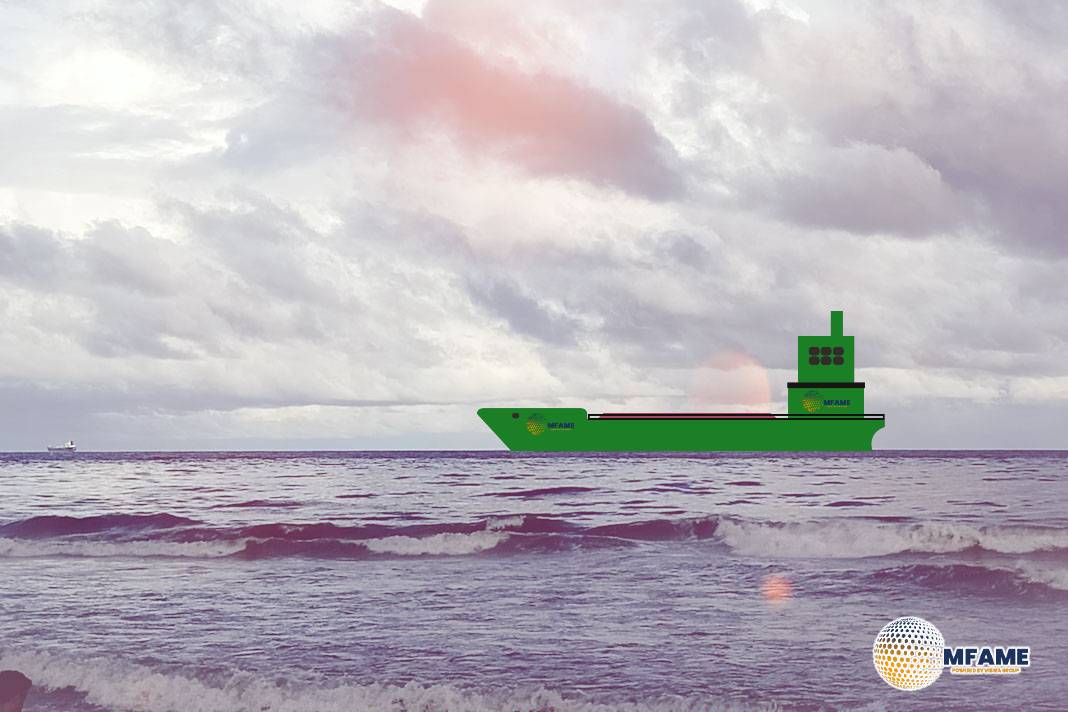On July 6, a significant incident occurred at Russia’s Ust-Luga port, near the Estonian border, where a liquefied petroleum gas (LPG) tanker experienced two explosions during ammonia loading operations. The event led to the vessel taking on water and a subsequent leak of ammonia.
Details of the Incident
According to reports from Russian authorities and media, the blasts happened in the engine room, approximately 10 minutes apart. These explosions caused damage to the hull of the vessel, leading to water ingress and causing the tanker to list to its port side. Consequently, ammonia began leaking from the cargo tanks into the sea.
The Russian Ministry of Transport confirmed the accident at the JSC EuroChem terminal during ammonia loading. While the ministry described the ammonia leak as “minor,” emergency services were immediately activated to manage the situation and contained the spill.
Crew Safety and Emergency Response
At the time of the explosions, 23 crew members were onboard the vessel. All were successfully evacuated, and no injuries were reported. Following the blasts, further cargo operations at the terminal were immediately halted. Emergency divers have been dispatched to inspect the ship underwater to assess the extent of the damage. Russia’s Baltic branch of the Maritime Rescue Service was also placed on standby to assist with the emergency response.
Vessel Information
The vessel involved is an LPG tanker with a capacity of 40,000 cubic meters. It was built in 2024 and sails under the flag of the Marshall Islands, according to tracking data. The ship had arrived at Ust-Luga from Belgium before the incident.
Environmental Impact
Leningrad regional governor Alexander Drozdenko stated that, despite the ammonia leak, there was no negative impact on the environment.
The tanker is suspected to be part of Russia’s so-called “shadow fleet,” a group of vessels allegedly used to export oil, chemicals, and other cargo while circumventing Western sanctions. This incident is notably the sixth such explosion to damage a tanker linked to Russian trade since the beginning of 2025, sparking ongoing speculation about the causes and safety concerns surrounding these vessels.
Did you subscribe to our Daily newsletter?
It’s Free! Click here to Subscribe!
Source: Marine Insight


















